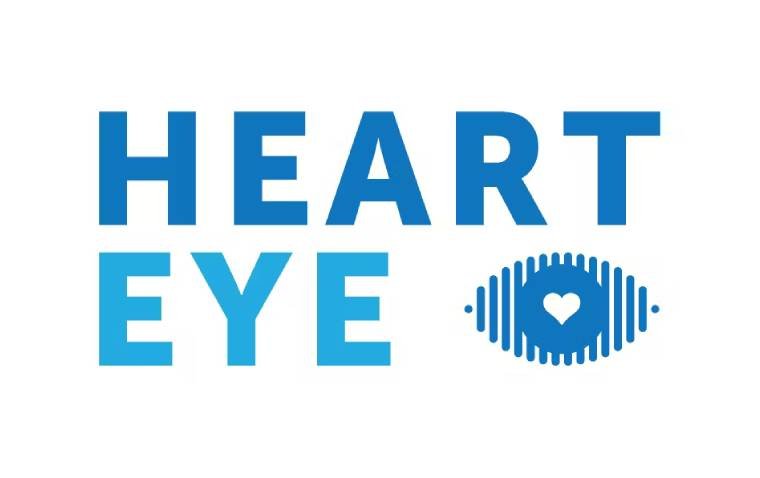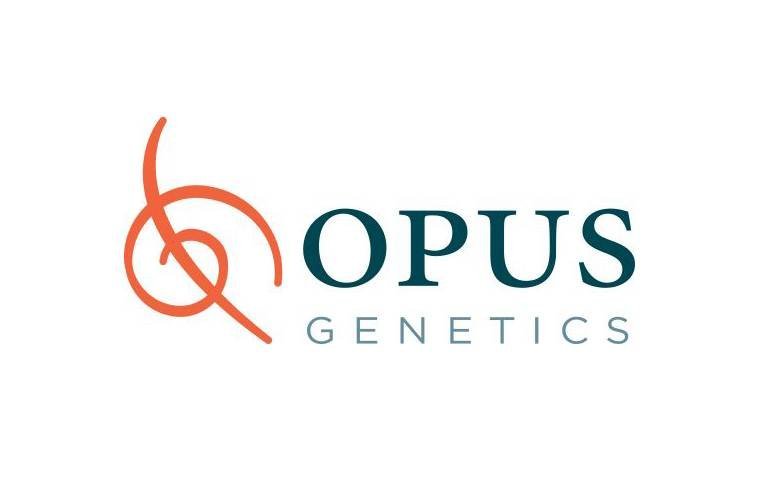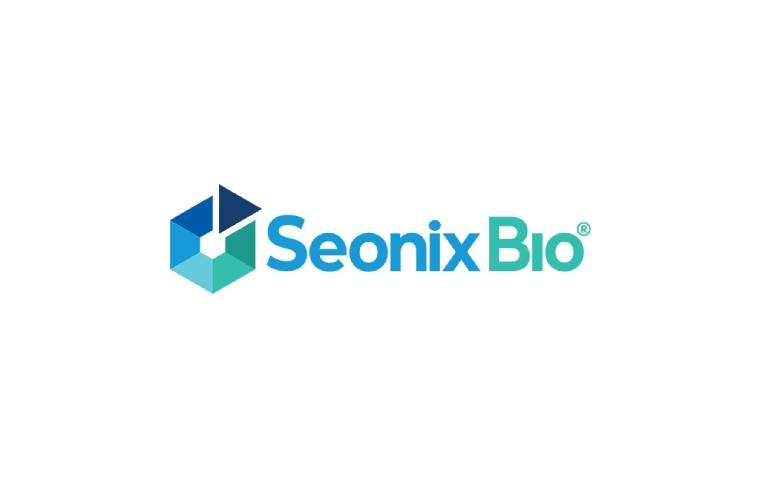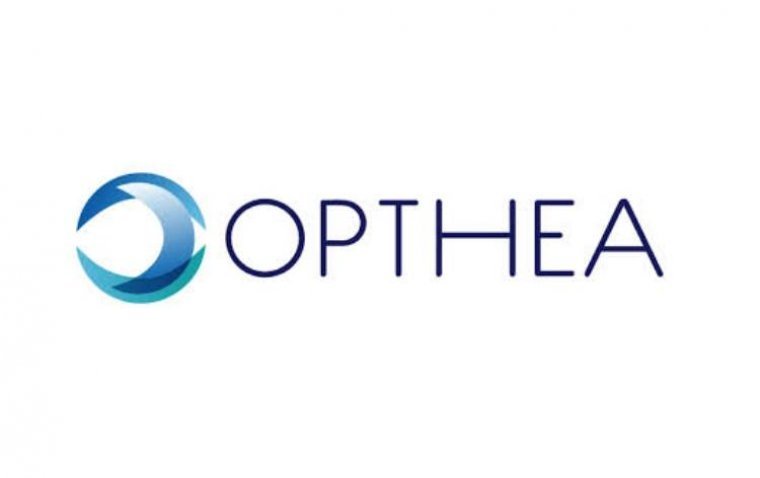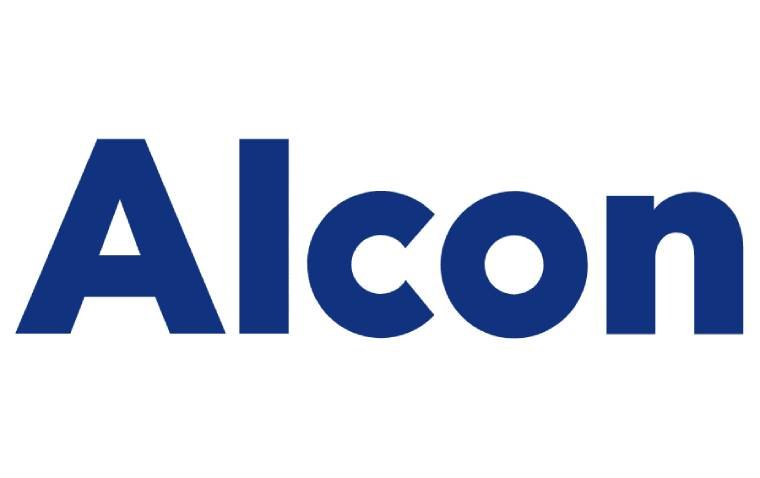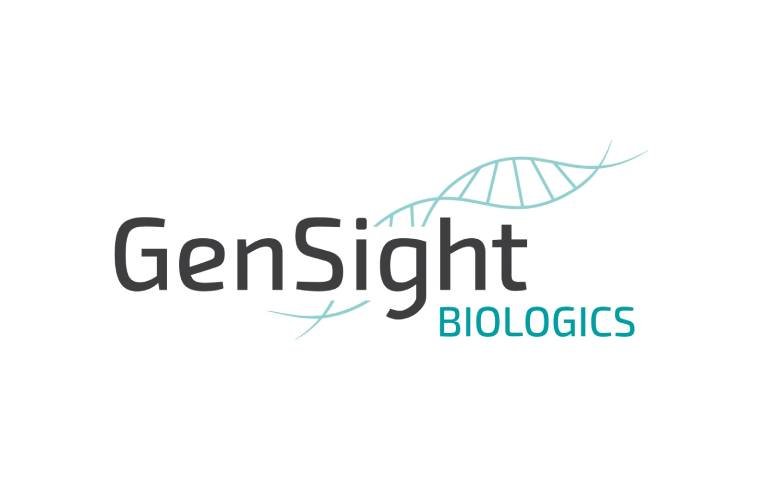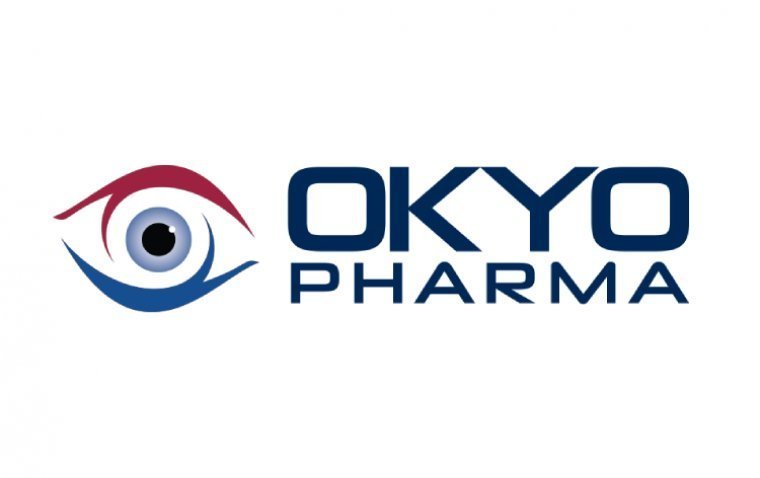
Heart Eye Diagnostics Limited, a UK-based company, has announced the launch of Dr.Noon CVD, an advan...
read moreOpus Genetics has reached a significant milestone in its ongoing Phase 1/2 clinical trial for OPGx-L...
read moreSeonix Bio has launched SightScore in the United States, marking the first commercially available cl...
read moreOpthea Limited has reached a significant milestone in its COAST Phase 3 clinical trial, completing t...
read moreAlcon has announced the full U.S. commercial launch of Voyager DSLT, the first and only direct selec...
read moreTelefónica is set to showcase its latest 5G and Artificial Intelligence (AI) healthcare innovations ...
read moreGenSight Biologics has announced the final efficacy and safety results from its Phase 3 REFLECT clin...
read moreMediPrint Ophthalmics has announced significant progress in its glaucoma drug delivery program follo...
read moreVirtual Vision Health has announced the launch of visual acuity testing on its innovative Virtual Ey...
read moreOKYO Pharma has announced that its lead investigational asset, OK-101, has been officially assigned ...
read more More
More
